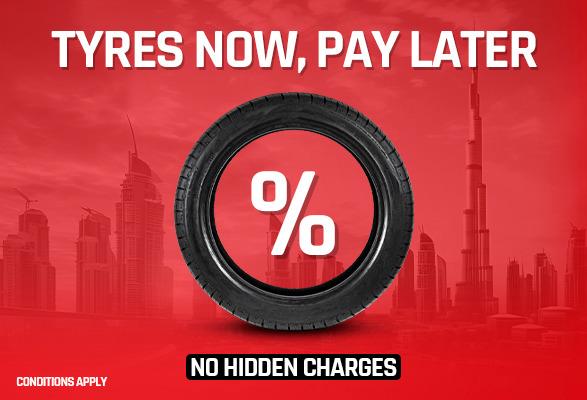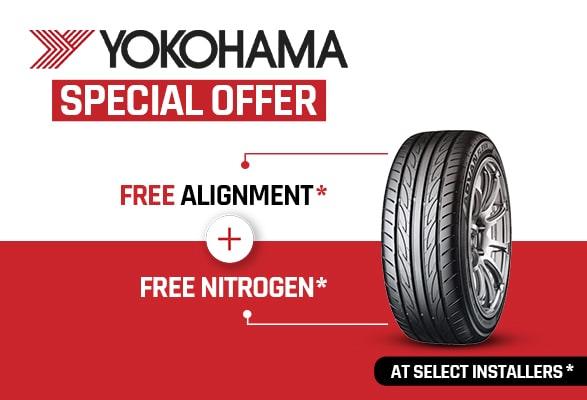Tyre prices to go up 8-13% in UAE
Most major tyre manufacturers globally have announced they will be increasing their prices over the next month or so, as the price of natural rubber is forecast to increase globally.
Goodyear Tyre and Rubber Company was the first major manufacturer to announce that they will be increasing their wholesale tyre prices. They will increase prices by eight to 12% percent on all tyre lines. Increases in rubber prices were cited as the driving factor in the price increase. Cooper Tyre followed Goodyear’s announcement by saying that they, too, will be increasing their wholesale tyre prices to dealers effective February 1, or soon after. The company further stated that light truck and passenger car tyre prices will be affected. The latest company to announce an increase is Nexen Tyre America, which is planning to increase prices by an average of five percent effective March 1, 2017.
Locally in the UAE, most major distributors have indicated price hikes anywhere between 8% to 13% on wholesale prices. We will see the higher starting getting implemented starting now till the end of April.
SO, WHY ARE TYRES GETTING MORE EXPENSIVE?
The Association of Natural Rubber Producing Countries (ANRPC) recently announced that the price of natural rubber will continue to increase in 2017. Several reasons for this price increase were cited, including shortages of natural rubber due to weather problems, an increase in the price of synthetic rubber and increased demand.
Global weather patterns have been changing, including recent floods in Thailand, and this has seriously hampered the growth cycle of rubber trees in traditional growing areas.
The International Monetary Fund has also recently announced that they expect the global economy to grow by approximately 3.6 percent this coming year. This growth will mean that shortages caused by decreased production will be even more severe.
Finally, synthetic rubber prices have also been on the rise. OPEC recently announced it will be cutting production by more than a million barrels a day. This means feedstock for synthetic production will be more expensive to obtain and, therefore, many users of synthetic rubber will see natural rubber as a more viable alternative, driving demand even higher.
The ANRPC was quoted as saying in a recent report “based on the emerging global economic scenario anticipated by the IMF, global supply of NR (natural rubber) will be short of demand by 350,000 (metric) tons during 2017. According to a preliminary assessment made by the Rubber Authority of Thailand, the flood is likely to shave out at least 360,000 tons from Thailand’s output of NR expected in 2017. The country will be able to produce only 4.38 million tons in 2017 as against 4.74 million tons originally expected.”








































